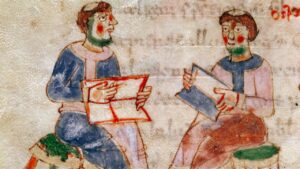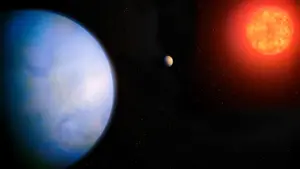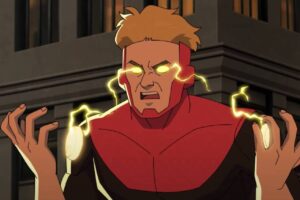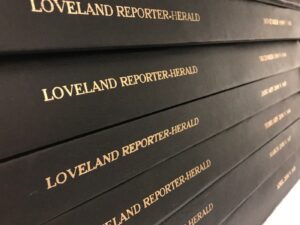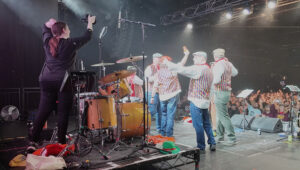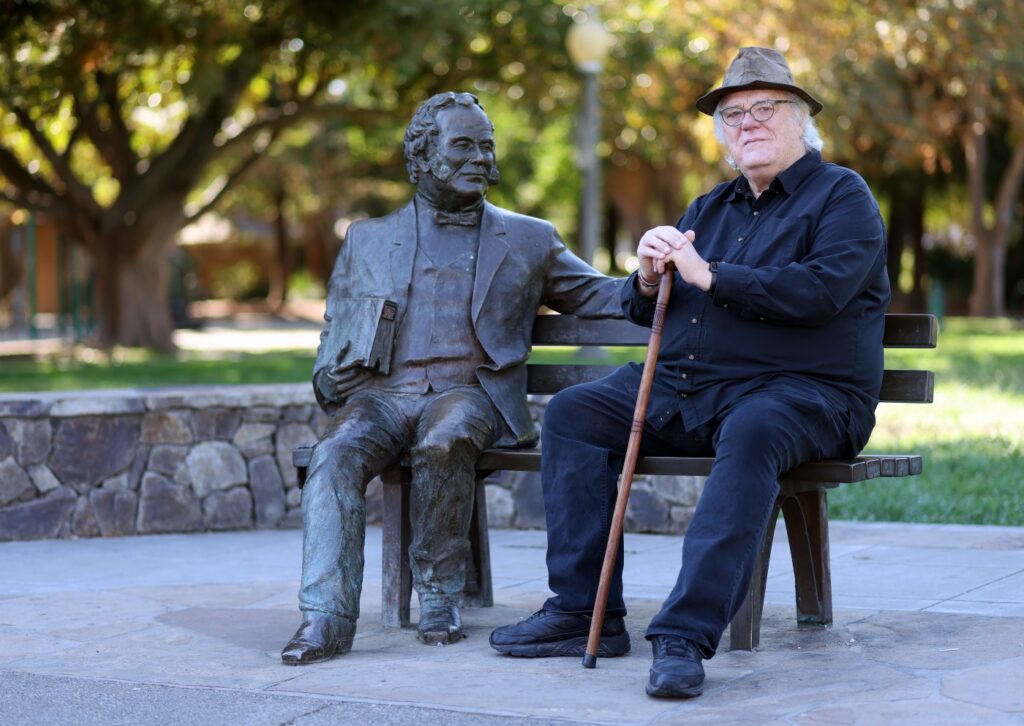
On a sunlit September morning, Breck Parkman, a seasoned archaeologist with over 36 years at California State Parks, shared his insights on the rich history of the Bay Area from a picnic table in Sonoma Plaza. The site, steeped in history and located near the city’s 1823 mission, has been a focal point of Parkman’s career, which has involved uncovering narratives that span tens of thousands of years.
At 73, Parkman’s approach extends beyond archaeology; he considers himself a storyteller driven by an innate curiosity about past lives. As he reflected on the plaza, he imagined a different landscape—one devoid of the trees and upscale boutiques that now surround it. “There are layers of life that we don’t see, and layers upon layers,” he said, recalling the vibrant history of General Mariano Vallejo, who established the plaza in 1835.
Parkman vividly described how Vallejo’s soldiers might have paraded through the plaza, envisioning a time when mammoths roamed the Bay Area. His fascination with Ice Age fauna, particularly the Columbian mammoths that thrived in the coastal plains he refers to as the “California Serengeti,” has marked his career. Despite retiring in 2017, he continues to engage the public through lectures and YouTube videos, sharing stories drawn from his extensive fieldwork.
His archaeological adventures have taken him far and wide—from the Canadian Plains to the Australian Outback. Yet, his passion for local history remains strong. Parkman spent years managing cultural resources at over 70 parks across Northern California. His work has explored themes like early Paleo-Indian migration and the intriguing archaeological history of Fort Ross State Historic Park, a former outpost for Russian fur traders.
One of Parkman’s notable contributions to contemporary archaeology includes examining the ruins of the Burdell mansion at Olompali State Historic Park in 2009. This site was home to a commune linked to the 1960s counterculture, and his research revealed the diverse musical tastes of its residents through a collection of vinyl records found in the ruins. Parkman explained that the artists represented, including the Beatles and Ella Fitzgerald, defied common stereotypes of commune life.
Parkman’s interest in archaeology was sparked during his childhood in southern Georgia, where he often discovered Native American artifacts. His early experiences also shaped his understanding of social justice; he vividly recalls witnessing Martin Luther King Jr. speak at a civil rights gathering as a child. These formative moments influenced his decision to pursue a career dedicated to understanding and preserving history.
Initially considering a path in medicine, Parkman shifted gears in 1971 to follow his passion for archaeology, earning his degrees from what is now California State University, East Bay. He recognized the importance of environmental conservation early in his career, which aligned with the growing environmental movement of the time.
Throughout his tenure, Parkman has developed a keen sense of the interconnectedness of past cultures and contemporary life. He believes that understanding historical narratives equips us to better navigate the present and future. His discoveries often come about through unexpected moments; for instance, a significant find near Goat Rock on the Sonoma Coast resulted from a chance field trip taken shortly after the September 11 attacks in 2001.
The terrain he studied revealed shiny patches on rocks, suggesting that Columbian mammoths used them for grooming. “Finding that changed my life because I never thought much about the Ice Age,” Parkman reflected, noting how such realizations can transform our understanding of the past.
Parkman’s personal life also intertwines with his professional journey. He continues to honor the memory of his late wife, Diane Askew, through personal projects that explore their shared life and the concept of grief. His YouTube tribute to her, shared after her passing in December 2021, serves as a poignant reflection on love and loss.
As he sat at the picnic table in Sonoma Plaza, Parkman also contemplated the historical significance of the space, having organized an installation of plaques honoring local Indigenous peoples who contributed to the area’s history. He linked his archaeological insights to broader themes of life and death, suggesting that our understanding of time can profoundly affect how we perceive existence.
In sharing his story, Breck Parkman not only sheds light on the hidden narratives of the Bay Area but also invites a deeper appreciation for the layers of history that shape our world today.
